On the night watch: The lives of Britain's nocturnal creatures
As the diurnal delights of the animal kingdom slip into a deep slumber, John Lewis-Stempel explores the velvety black shadows where the wild things are.
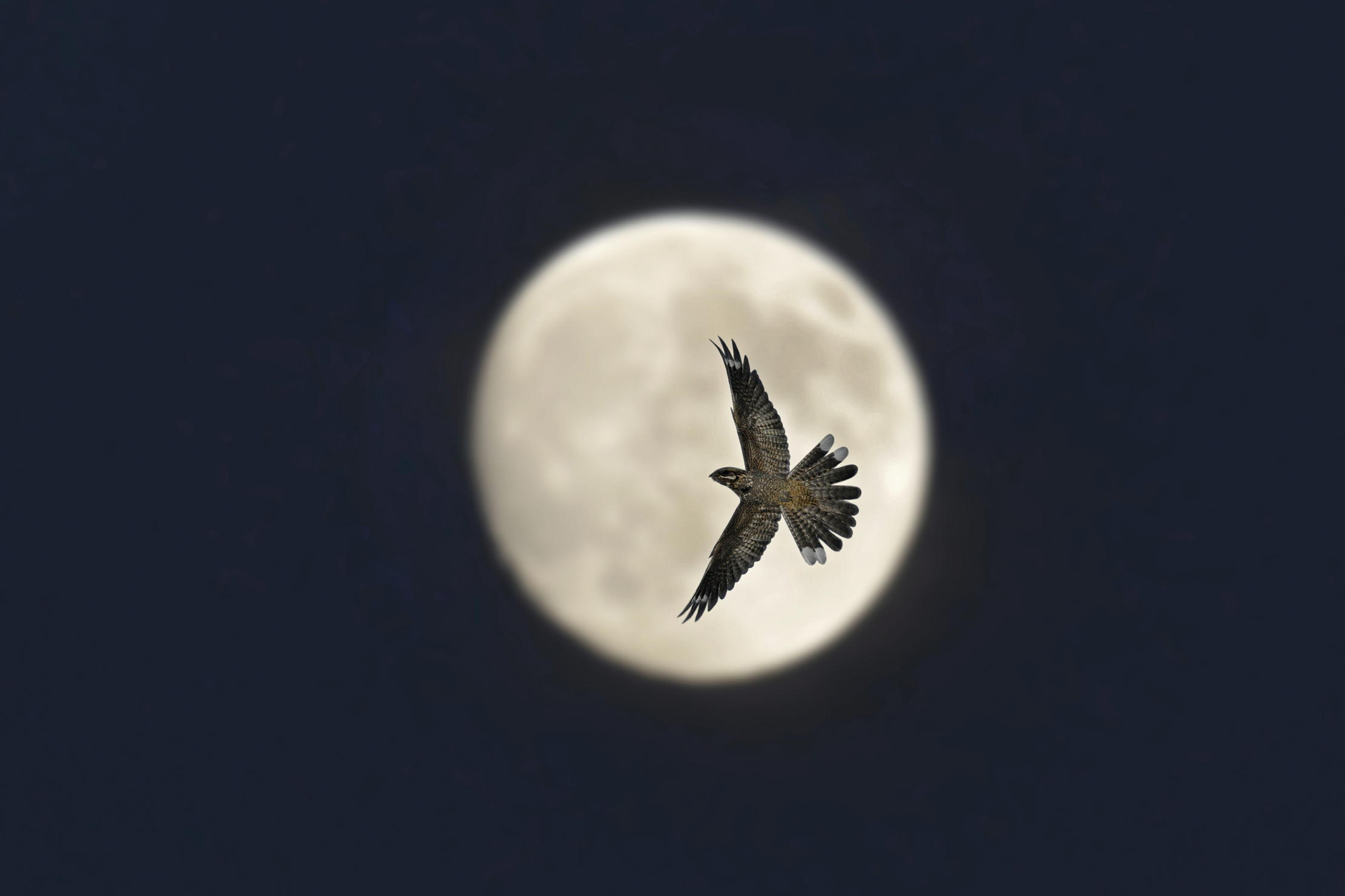

When the black velvet curtain drops, the farmyard, the meadow, the hill, the river remain the same theatrical stage. But the cast changes at night. Where swallows lacily wheeled around the cowfield in the sunshine comes the nightjar, hawking by hard angles in moonlight. Where butterflies fluttered in the afternoon garden, at midnight the pale ghosts of moths flicker on the honey-suckled arbour. In place of bees on the lane’s verge, glow-worms. Instead of the thrush chanting in the orchard, the nightingale serenading. At night, the desolate fen is no longer the hunting ground of the marsh harrier, but of the short-eared owl.
Almost 70% of the world’s animals are nocturnal — for good reasons. Animals that feed by night exploit sources of food that are also taken by day animals, but without coming into direct competition with them. Also, daylight desiccates and is thus anathema to moist-skinned molluscs and amphibians. Above all, at night, it is easier to evade detection by predators. Darkness is concealment, refuge, sanctuary. It is at night that great mass migrations of British Nature occur, the sweet coming of swallows, the dispersal of moles through the clover-perfumed grass, the eel migrations down the black, slithery river.
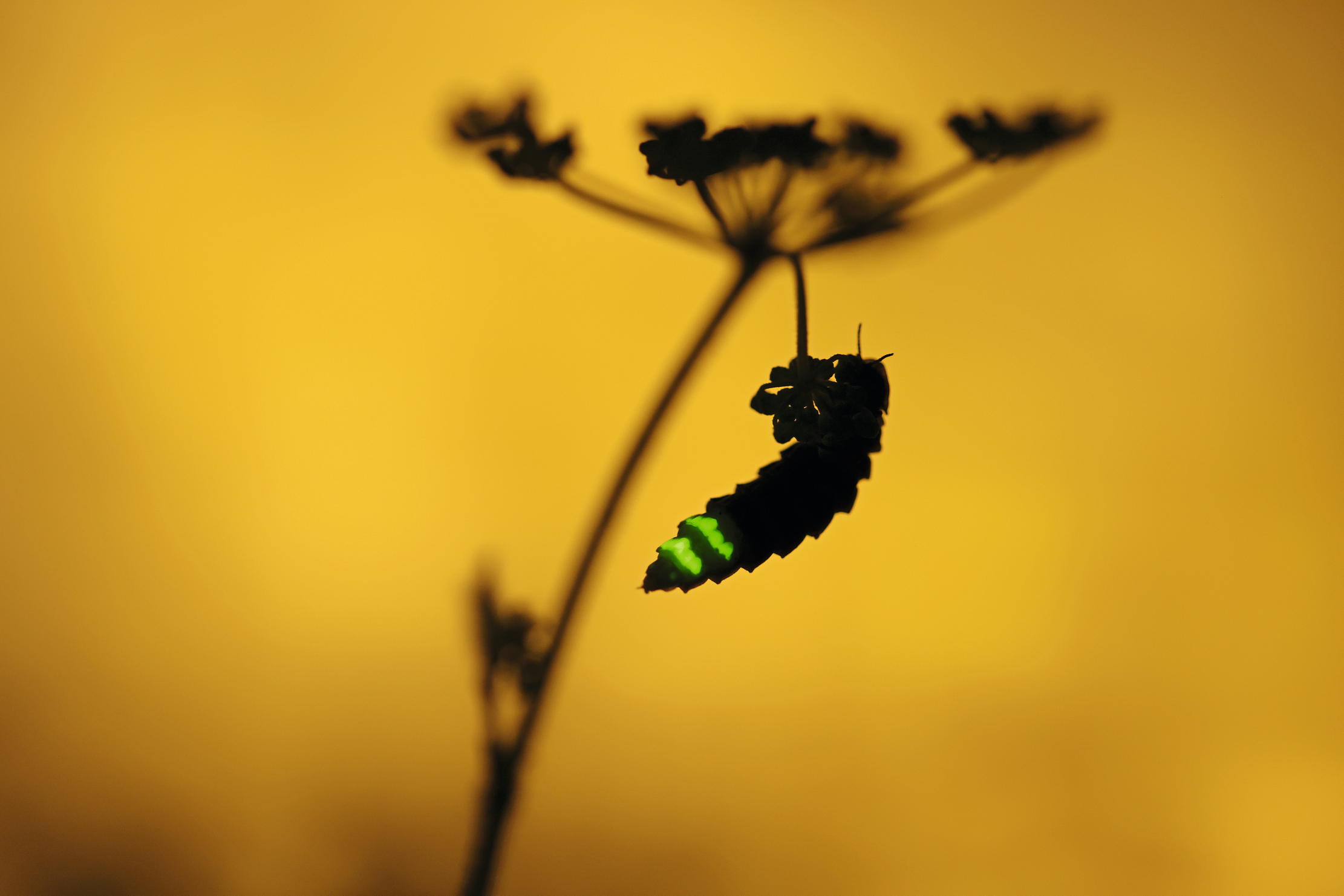
The night, of course, is not an entirely safe space. Out there in the dark prowl and patrol the nocturnal killers, with their special adaptations for hunting when the sun is gone from the world and humans are abed. The eye of the fox contains tapetum lucidum, a layer of reflective cells behind the retina, from the Latin for ‘bright tapestry’; these cells reflect light back into the eye, so low-light vision is significantly enhanced. (The tapetum lucidum is the ‘eyeshine’ we see when we catch foxes in the car headlights on the lane.) Foxes also use their vibrissae, the sensory whiskers on their faces and legs; the fox’s whiskers mean that it can ‘feel’ in the dark, finding its way between obstacles and along tunnels by detecting airflow.
Nocturnal animals often have a nose for the job. A keen sense of smell in the blind night is an obvious advantage, as the twitchy-wet-nosed snout of the hedgehog confirms; it can detect a beetle’s odour under three inches of soil.
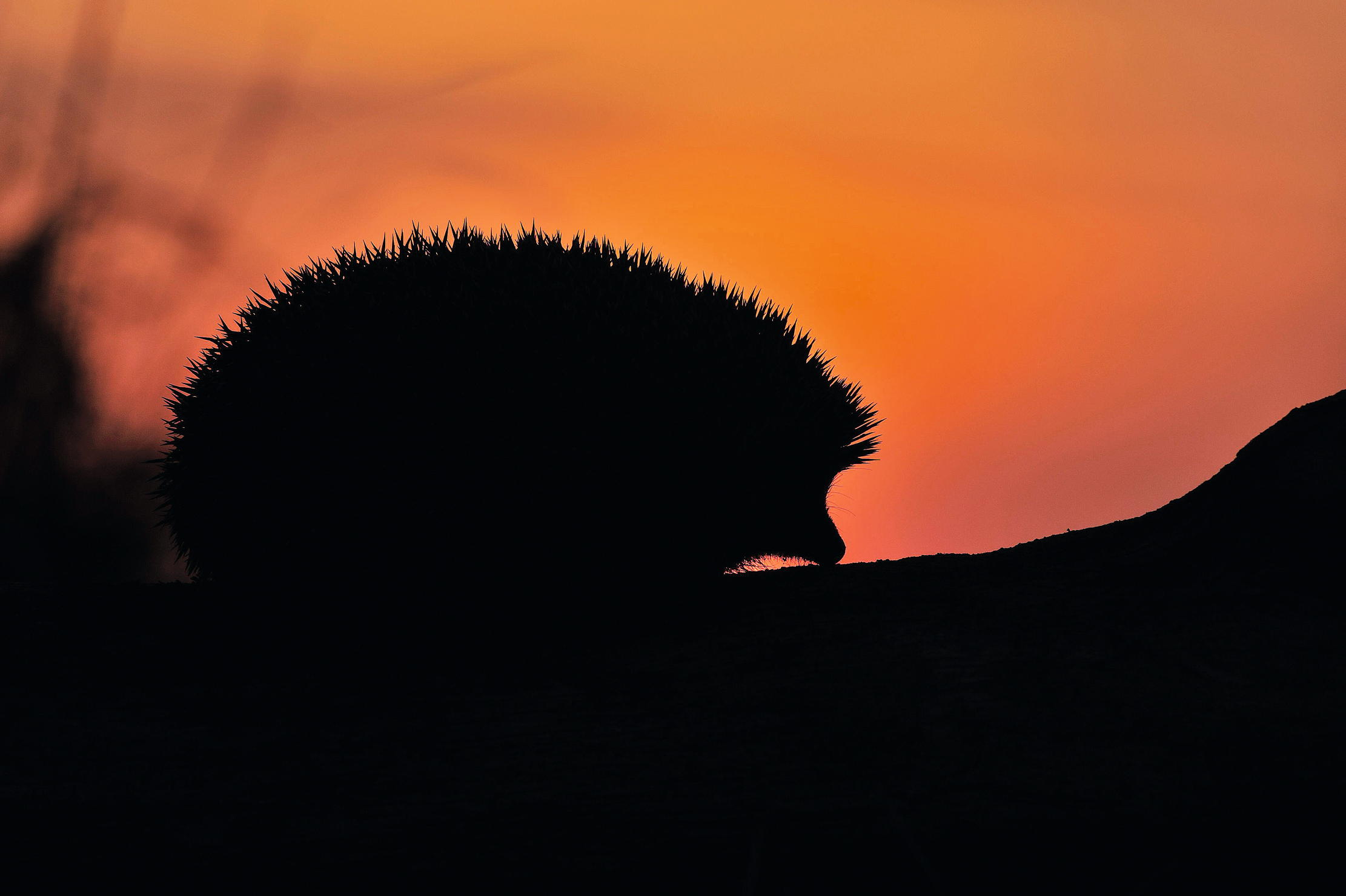
The creatures of the night tend also to enjoy acute sensitivity to sound. Reynard has hearing so keen — those permanently erect ears help — that it can remark a watch ticking at 60ft.
In absolute pitch-black night, tawny owls can discern shrews moving on the woodland floor by hearing alone, due to the owl’s nerve-crammed asymmetric ears, which receive sound at a slightly different volume and angle — and thus enable pin-point killing. As every schoolchild doing Key Stage 1 knows, bats catch the large-bodied moths and beetles that fly by night by transmitting sounds and then interpreting the reflected echoes through their decidedly prominent ears. (A child may even be able to hear the bats’ squeaks and clicks, the sound of internet dial-up. Most adults cannot.) The dumbo ears of the long-eared bat are quite nearly as long as Plecotus auritus’s actual body.
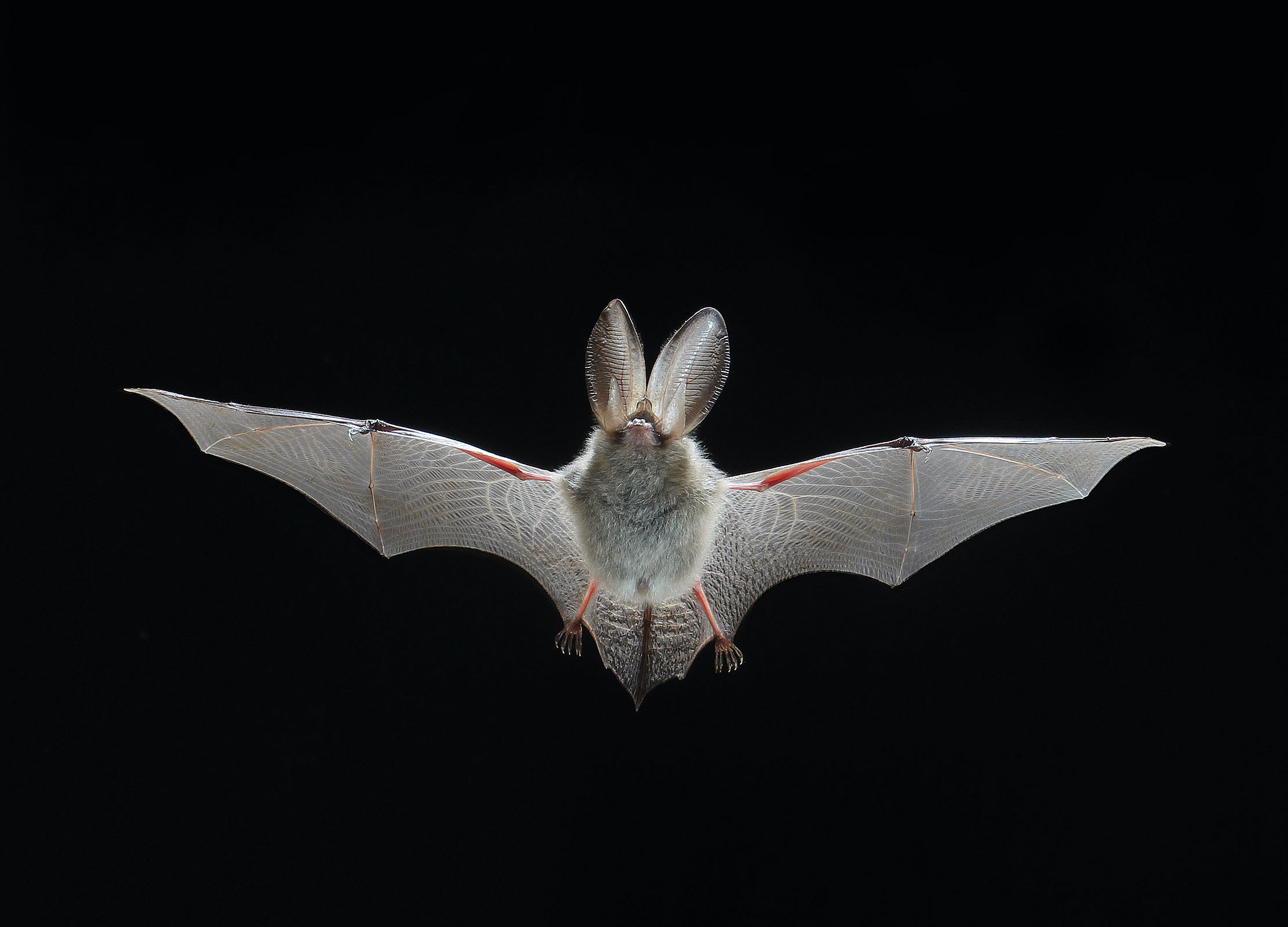
As are others of its flying family, the brown or common long-eared bat is locked in a millennia-old co-evolutionary arms race with its moth prey, with each species developing counter-measures to maintain its survival. In an upping of their armoury, long-eared bats now use the sense of smell to help hunt moths. Meanwhile, choero-campine hawkmoths have evolved to hear with their mouthparts and respond to bat calls with evasive manoeuvres. Tiger moths (Bertholdia trigona) use their own ultrasound clicks to jam the echolocation signals of the big brown bat (Eptesicus fuscus). The world at night is a world at war.
Exquisite houses, the beauty of Nature, and how to get the most from your life, straight to your inbox.
The reasons for the nocturnality of some animals are not always apparent, because they were formed in the primordial mist before Man had eliminated many of the mega-carnivores that preyed on them. The badger, for example, whose only enemy today is human, may, back in the ancient past, have had mortal foes that could only have been avoided by hiding down in the sett during the day.
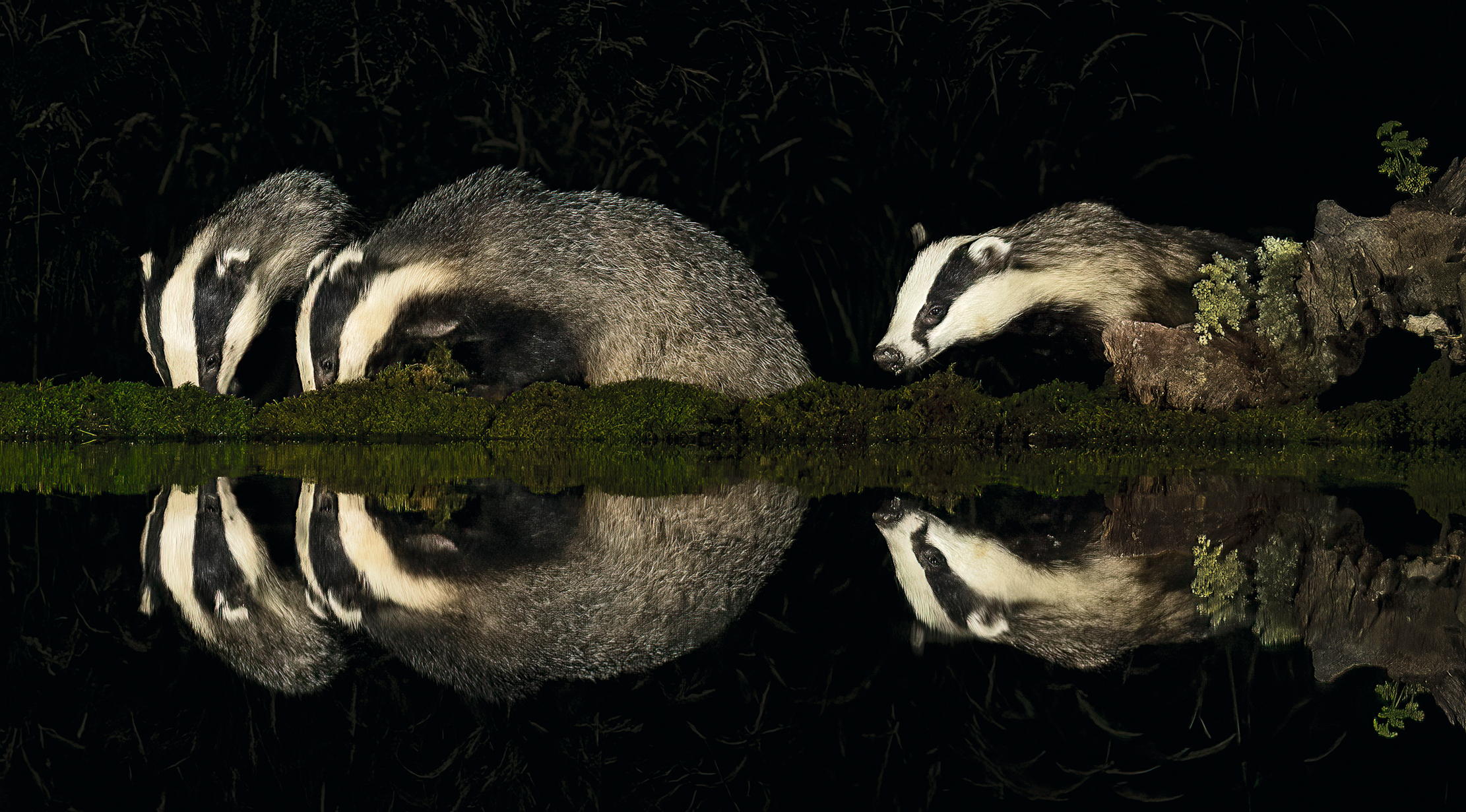
Yet perhaps the prime reason for the night shift of feeders is that Nature abhors waste, including wasted time. Nocturnality allows life around the clock, and life is existence. The nocturnal ecosystem begins with plant material (as does its diurnal equivalent), which is eaten by earthworms, slugs, snails, moths and mice in the hours between dusk and dawn. Frogs, toads and hedgehogs, nightjars, bats and owls predate the plant-eaters. And they, in turn, are taken by foxes, weasels, stoats and badgers. The countryside never sleeps.
Few nocturnal animals are active the whole night long and some only act out their roles at dusk and dawn. Properly, these latter are ‘crepuscular’. Dusk and dawn are half-light, twilight, gloom. The animals that become active in the monochrome hours, the shadow time, such as rabbits, woodcock and red deer, exploit a distinct segment of the clock: there is just enough light to see, but it is dark enough to lower the odds of being caught and consumed. The bats that emerge earliest in the evening are usually fast-flying species, such as the noctule; they take to the greying sky at the moment the keen eyes of the diurnal sparrowhawk, kestrel, merlin, hobby, peregrine, harrier, eagle diminish in potency. The day sky is cruelly riven by raptors.

After dark, the sole British birds of prey a-wing are the nightjar and the owls. And what birds they are. Killers dressed in soft feathers. The nightjar, a summer migrant, is able to open its beak on two planes, vertically and horizontally, all the better to scoop up, swift-like, its aerial insect prey, the staple being moths, but a favourite morsel the dor beetle (Geotrupes stercorarius), the black beetle that flies after sunset. Hence the nightjar’s old name of dor hawk, familiar in East Anglia and on Exmoor. Yet, the sky at night belongs truly to the owl. The retina of the owl contains few cones and abundant rods, meaning they are, in plain speak, prodigious at spotting prey in extremely low light. The eyes of a long-eared owl almost fill its skull and the bird can detect a mouse in a football stadium lit by a single candle.
The owl, the plumed lord of the dark, brings death on noiseless wings. Owls have comb-like serrations on the leading edge of the wings and a velvety fringe on the trailing edge to dampen noise. The British owls are a cunningly feathered lot, camouflaged to look like trees for their daytime lying-in, mere faint shadows in the sky at night. The barn owl, with its blatant white chest, is no exception. Any rat chancing to look up sees in that chest the full moon moving across the heavens.
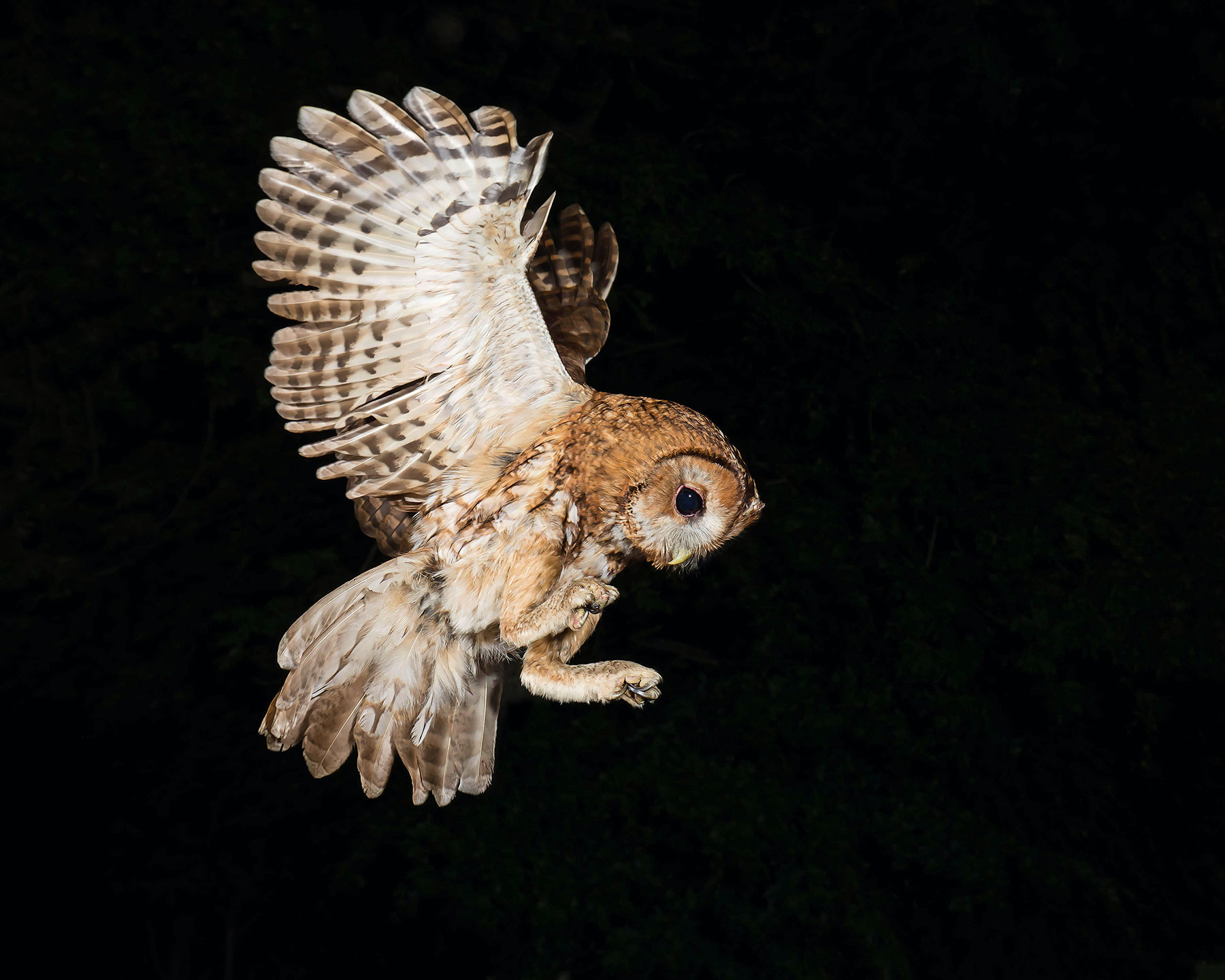
When out a-hunting at night, the hunter is soft-winged, soft-padded. But night in the countryside is far from noiseless. In lonely hours, in wood and fields, the silence is ripped apart by the screams of rats as the talons of the owl grip their backs, the wail of rabbits as the trap-jaw of the badger closes. There are the cries of death, but also of life, for how does one advertise for a blind date in the blind dark if not by crying out loud? The eeriest sound of winter night in Britain, creepier than the wind around the gables, is the mating call of the fox, a reminder itself that the night varies by season. Summer nights are made musical by nightingales in trees and grasshoppers chirping from the meadow grass.
If singing such love songs is not an option, there is always a scented invitation card. Otter females deposit scent marks in their urine, advertising their reproductive status, around the river bank. Noisome, as opposed to noisy. The wingless female glow-worm (Lamprohiza splendidula) lights up the night to attract a flying mate. To make the glow, luciferin, secreted by the beetle’s glands, is broken down by oxygen in the presence of the enzyme luciferase. Three bars on the abdomen illuminate; the light is piercing, such as you get if you refract sunshine through a magnifying glass: to see a mass of glow-worms is to see the night upside down, the earth full of stars.
Photography: Alamy; Getty; David Tipling/The Big Picture Scotland/naturepl.com

Britain’s birds of prey: The Country Life guide to all of the UK’s raptors
Raptors’ supersonic vision, effortless aerial acrobatics and ruthless hunting instinct make them the undisputed masters of the skies, but can
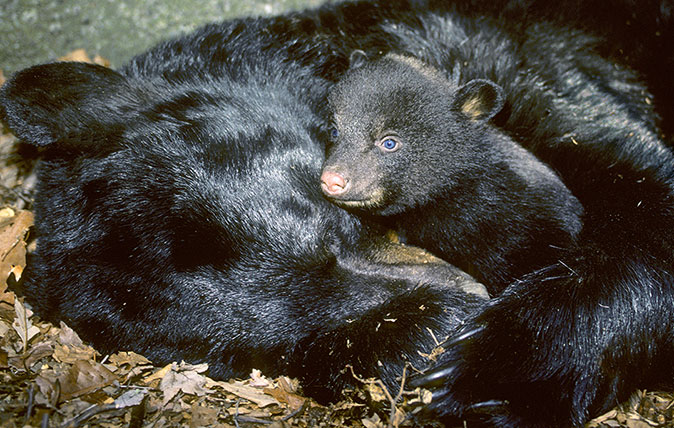
Credit: Alamy
Hibernation: The animal phenomenon that might just save the human race
For centuries, naturalists pondered how a warm-blooded creature could descend into a near-death winter state and surface unscathed the following

Credit: Alamy Stock Photo
How white-feathered barn owls terrify their prey into submission: 'It’s like a ghost coming on it'
Scientists have found white owls are superior in their hunting ability to their darker counterparts.

Hibernation: How it works, why animals do it, and the creature that can sleep for up to 11 months
Dormice sleep for months, hedgehogs snore in quilts of moss and wood frogs turn to ice — a spellbound John Lewis-Stempel
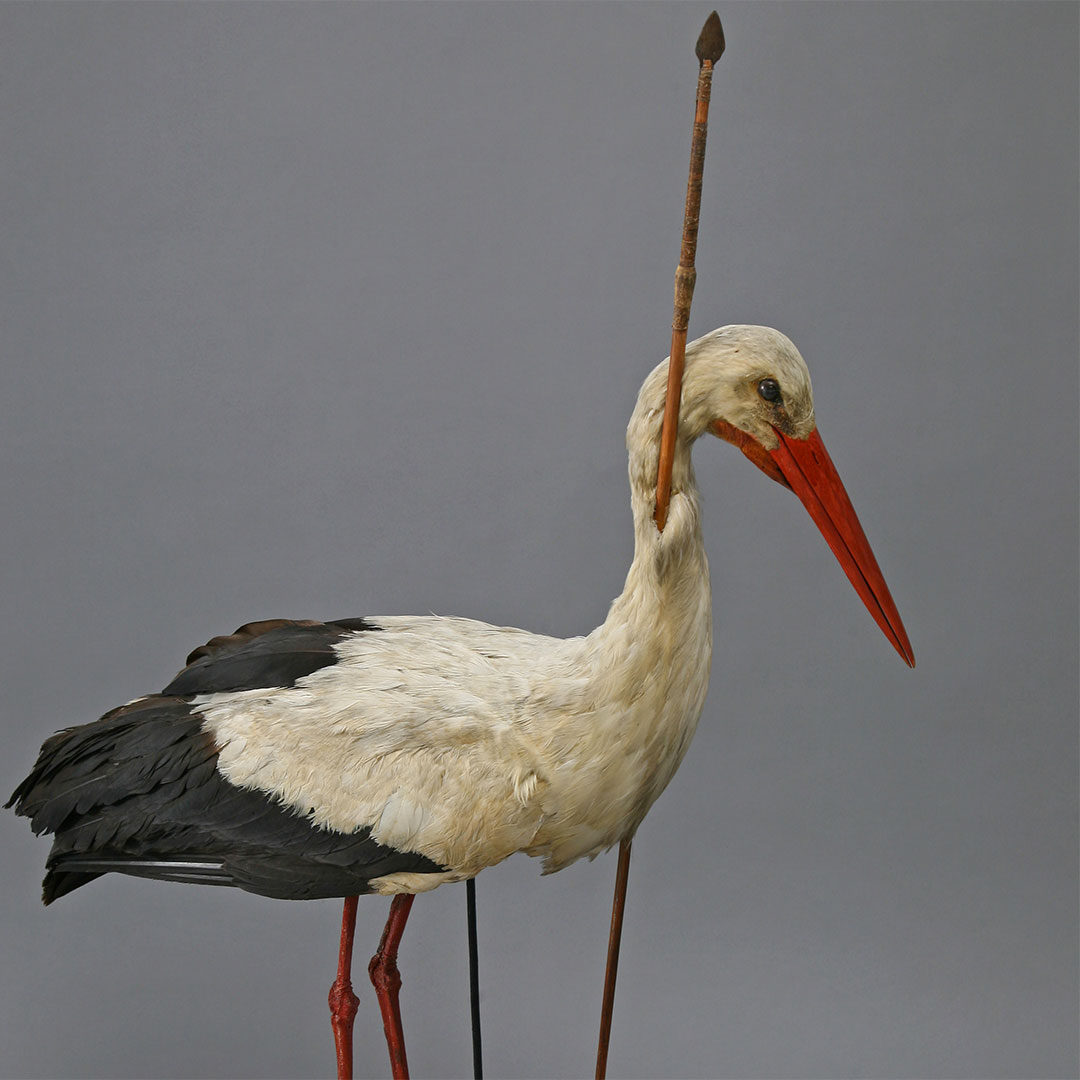
Curious Questions: How did a stork with a spear through its neck solve the mystery of the migration of birds?
For thousands of years, most people were convinced that birds hibernated in the winter — until a staggeringly resilient stork proved
